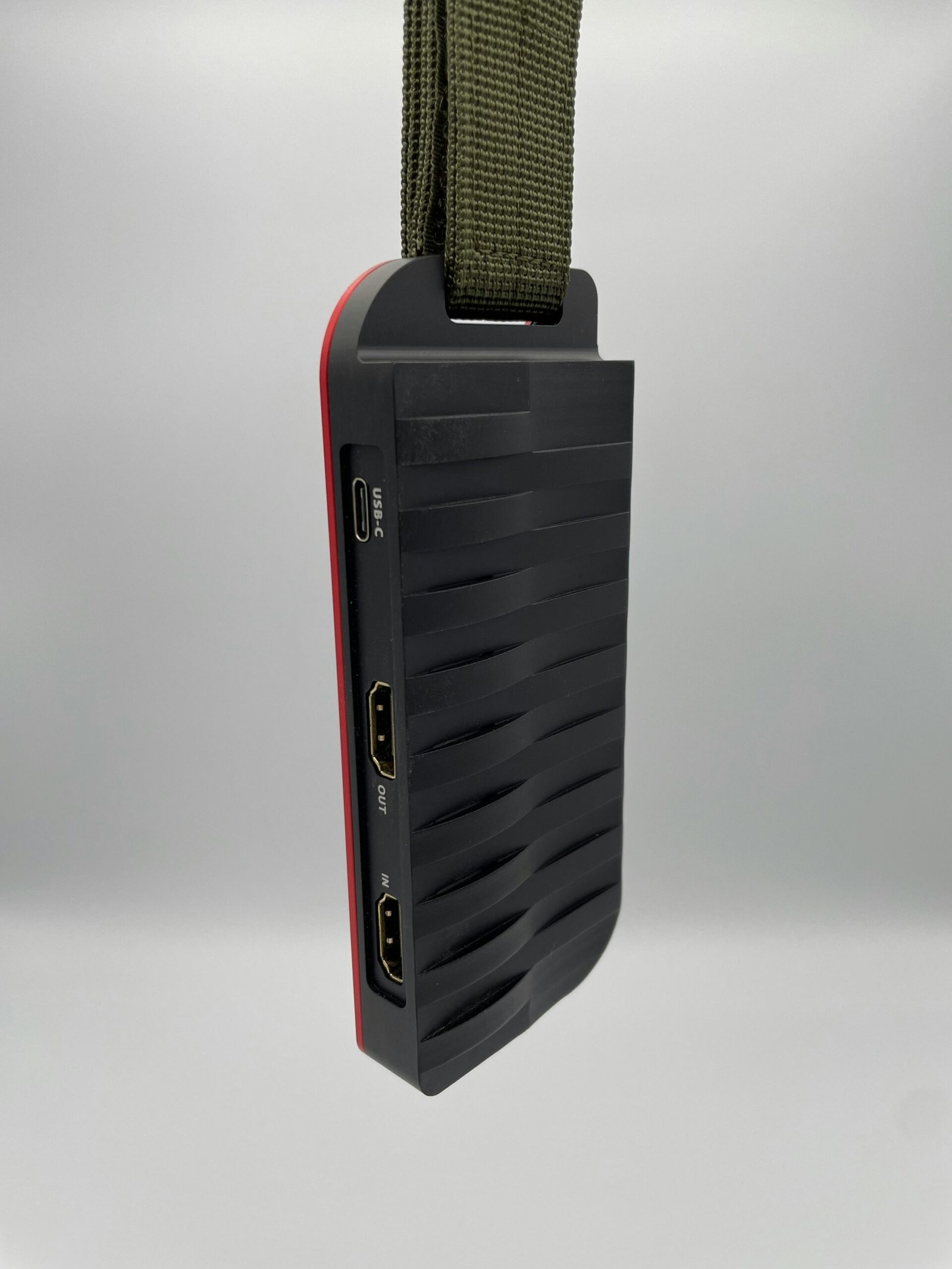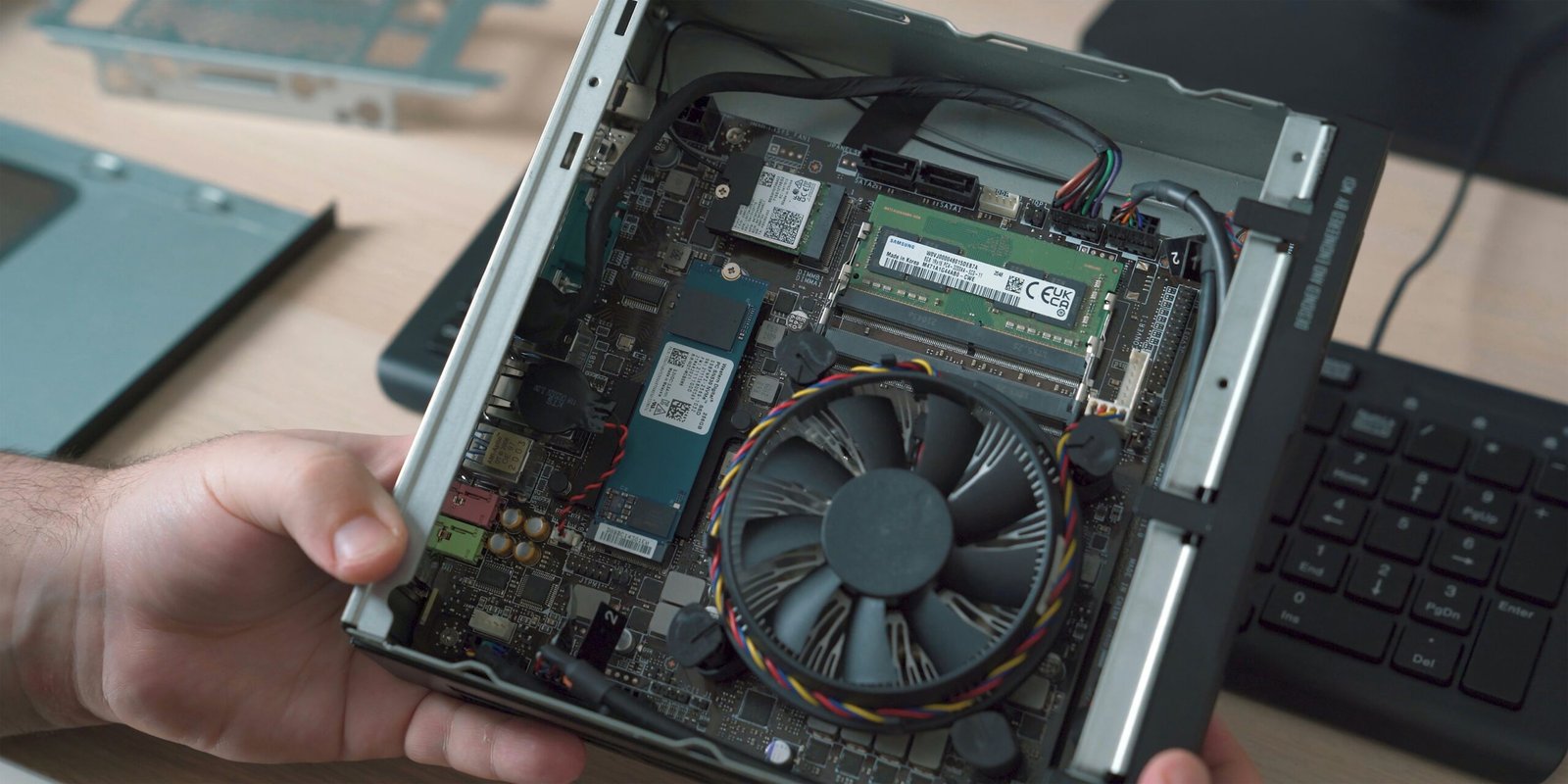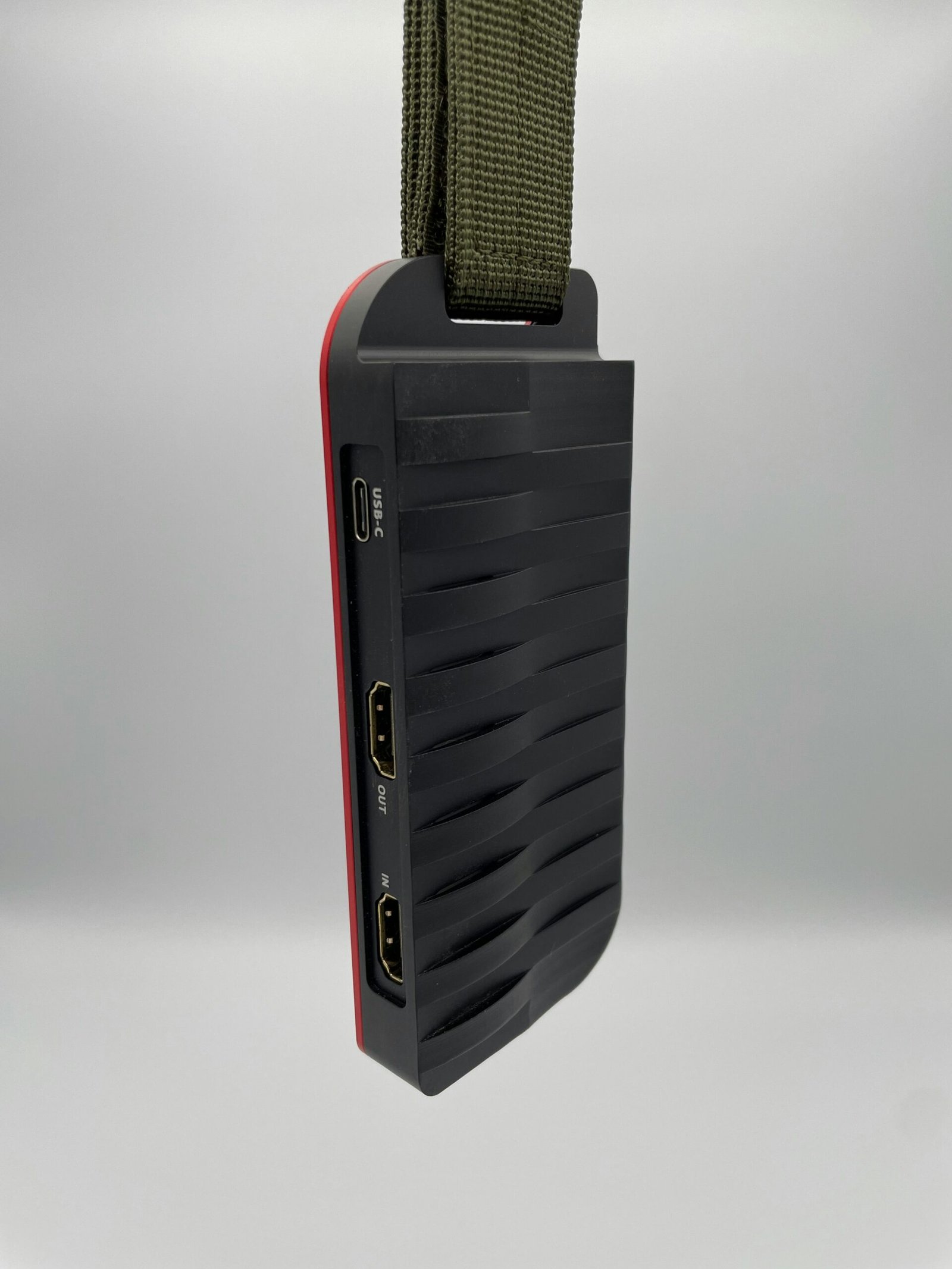Is a Capture Card Worth It? A Comprehensive Analysis
“`html
Introduction to Capture Cards
Capture cards are essential devices designed to facilitate the recording and streaming of video and audio signals from various sources such as gaming consoles, cameras, and computers. These devices serve as a bridge, transforming raw footage into a format easily processed by your computer for live streaming, recording, or editing purposes.
Primarily, capture cards come in two main types: internal and external. Internal capture cards are installed directly into a computer’s PCIe slot, offering robust performance due to their direct integration with the system’s hardware. This type is particularly favoured by professional gamers and streamers who prioritize high-quality, low-latency video capture. On the other hand, external capture cards connect via USB or Thunderbolt, providing flexibility and portability. They are ideal for those who require a versatile solution that can be used across different setups and devices.
The utility of capture cards spans a variety of applications. For gamers and streamers, a capture card enables seamless broadcasting of gameplay on platforms like Twitch and YouTube, ensuring a high standard of video and audio quality. Video editors also benefit from capture cards, as they allow for the importing of video from various sources for post-production work. Educational content creators and live presenters use capture cards to integrate visual aids and real-time footage into their presentations, elevating the overall viewer experience.
Understanding the different types and functionalities of capture cards is crucial for anyone looking to improve their content creation capabilities. Whether you’re a gamer aiming for smooth, high-resolution broadcasts, a video editor in need of efficient footage transfer, or an educator looking to enrich online lessons, a suitable capture card can significantly enhance your production quality and streamline your workflow.
“`
Benefits of Using a Capture Card
Capture cards offer a multitude of advantages, making them a valuable addition to any content creator’s toolkit. One of the primary benefits is the ability to achieve higher quality video capture. Capture cards are designed to handle video data efficiently, providing crisp, clear footage that significantly enhances the overall viewing experience. This is particularly important for gamers and streamers who strive for professional-grade content. Without the aid of a capture card, relying solely on built-in recording features can often lead to subpar video quality.
Another significant benefit of using a capture card is the reduced strain on your computer’s CPU and GPU. Recording and streaming high-quality content can be taxing on your system’s resources, potentially leading to performance issues, such as lag or stuttering. Capture cards offload these tasks, ensuring that your computer remains free to handle other demanding applications without compromising the quality or stability of your recordings or streams.
Moreover, capture cards offer versatility in terms of device compatibility. Many capture cards are designed to work seamlessly with multiple devices, including gaming consoles, cameras, and even smartphones. This flexibility allows content creators to switch between different sources effortlessly, making it easy to record game footage, live streams, or any other type of content. This adaptability is crucial for those who wish to diversify their content without investing in multiple recording solutions.
The use of a capture card also leads to enhanced production quality. Professional content creation often demands not just high-quality video but also the seamless integration of various media sources. Capture cards simplify this process by providing reliable, high-definition input across a range of devices. Whether you’re gaming, streaming, or producing video content, the capture card ensures that your output is polished and professional.
Potential Drawbacks and Considerations
While capture cards offer a range of benefits for streaming and recording, it is essential to consider some potential drawbacks and limitations before making an investment. One of the primary factors is the initial cost. High-quality capture cards can be expensive, making them a considerable investment for casual users or those on a tight budget. The cost often includes premium features and brand reputation, which may not be justifiable for users with minimal requirements.
Beyond the financial aspect, there is often a learning curve associated with setting up and using a capture card. Many users might find the initial configuration challenging, especially if they lack technical prowess. This process can involve navigating through numerous settings, installing drivers, and ensuring that the capture card is correctly integrated with existing hardware and software.
Compatibility issues can also pose significant challenges. Not all capture cards work seamlessly with every system or application. Users may encounter problems with specific consoles, cameras, or streaming platforms, necessitating extensive troubleshooting or even additional purchases to achieve full functionality. Furthermore, some capture cards might not support certain resolutions or frame rates, limiting the recording quality or causing inefficiencies in content creation.
Adding a capture card to one’s setup introduces an extra layer of complexity. This can be particularly concerning for users who value simplicity and prefer minimalist equipment arrangements. The additional hardware requires more space, power, and cable management, which can complicate an otherwise straightforward setup.
In some scenarios, a capture card may not be necessary. For casual users or those who only occasionally stream or record, alternative solutions might suffice. Modern gaming consoles and computers often come equipped with built-in streaming and recording capabilities that can handle basic needs, making the high cost and added complexity of a capture card unwarranted.
Making the Decision: Is a Capture Card Right for You?
When considering whether a capture card is worth the investment, it is essential to evaluate your specific needs, financial situation, and current technical set-up. Capture cards are highly regarded for their ability to record and stream high-quality video content, making them ideal for a range of users, from avid gamers to professional content creators. However, to determine if a capture card is right for you, several factors need to be assessed.
Firstly, identify the primary purpose of your capture card. If you are an enthusiastic gamer aiming to stream or record gameplay with impeccable quality, a capture card could significantly enhance your content. Professional streamers and content creators will benefit from the advanced capabilities of capture cards, like improved video resolution and reduced lag. Additionally, content creators looking to produce tutorials, reviews, or other forms of multimedia content will find a capture card indispensable for obtaining sharp and fluid visuals.
Next, evaluate your budget constraints. Capture cards come in various price ranges, from entry-level models offering basic features to high-end models equipped with advanced functionalities. It is crucial to strike a balance between features and cost, ensuring the capture card you choose aligns with your production requirements and financial capacity. For occasional hobbyists or individuals testing the waters of content creation, a more affordable capture card might suffice. Conversely, seasoned professionals with a robust following may find investing in a high-end capture card justifiable.
Assess the technical specifications of your existing equipment as well. Factors such as your computer’s processing power, graphics capabilities, and available connectivity ports play a crucial role in determining whether a capture card will perform optimally. For those with powerful PCs and high-resolution cameras or gaming consoles, a capture card can elevate the quality of produced content. Those with older or less powerful equipment should consider whether their current infrastructure can support a capture card’s requirements without necessitating additional upgrades.
Ultimately, making an informed decision requires weighing the benefits a capture card can bring against your specific needs and practical constraints. By considering your activity, budget, and technical setup, you can determine if a capture card will provide the desired enhancement to your video creation and streaming endeavors.







